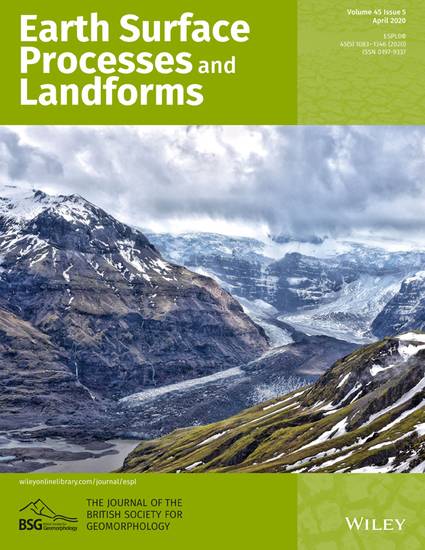
Article
Geomorphic process signatures reshaping sub-humid Mediterranean badlands: 1. Methodological development based on high-resolution topographyNo Title
Earth Surface Processes and Landforms
(2020)
Abstract
High-resolution topography data sets have improved the spatial and temporal scales at which we are able to investigate the landscape through the analysis of landform attributes and the computation of topographic changes. Yet, to date, there have been only limited attempts to infer key geomorphic processes in terms of contributions to shaping the landscape. Highly erodible landscapes such as badlands provide an ideal demonstration of such an approach owing to the rapid changes observed over a relatively short time frame. In this technical note we present the Mapping Geomorphic Processes in the Environment (MaGPiE): a new algorithm that allows mapping of geomorphic process signatures through analysis of repeat high-resolution topography data sets. The method is demonstrated in an experimental badland located in the southern central Pyrenees. MaGPiE is a geographic information system (GIS)-based algorithm that uses as input: (a) terrain attributes (i.e. Slope, Roughness and Concentrated Runoff Index) extracted from digital elevation models (DEMs), and (b) a map of topographic changes (DEM of difference, DoD). Initial results demonstrate that MaGPiE allows the magnitude and the spatial distribution of the main geomorphic processes reshaping badlands to be inferred for the first time. © 2020 John Wiley & Sons, Ltd.
Disciplines
Publication Date
2020
DOI
https://doi.org/10.1002/esp.4821
Citation Information
Joseph M. Wheaton. "Geomorphic process signatures reshaping sub-humid Mediterranean badlands: 1. Methodological development based on high-resolution topographyNo Title" Earth Surface Processes and Landforms Vol. 45 Iss. 5 (2020) p. 1335 - 1346 Available at: http://works.bepress.com/joseph_wheaton/236/
